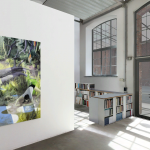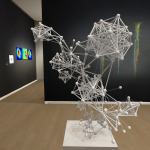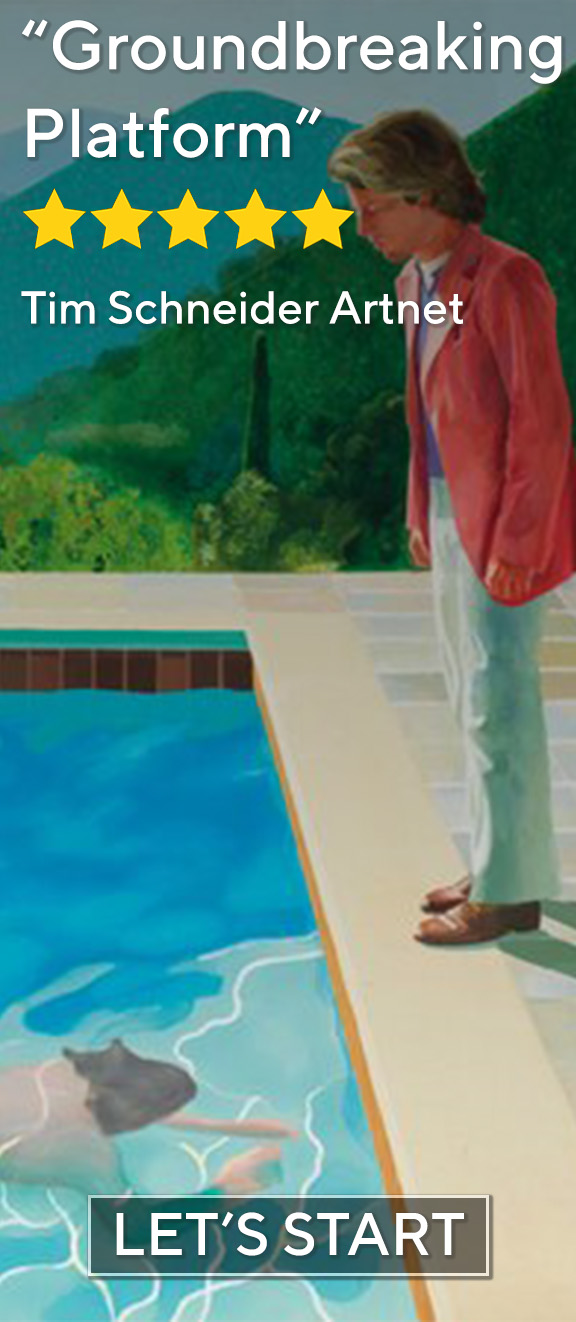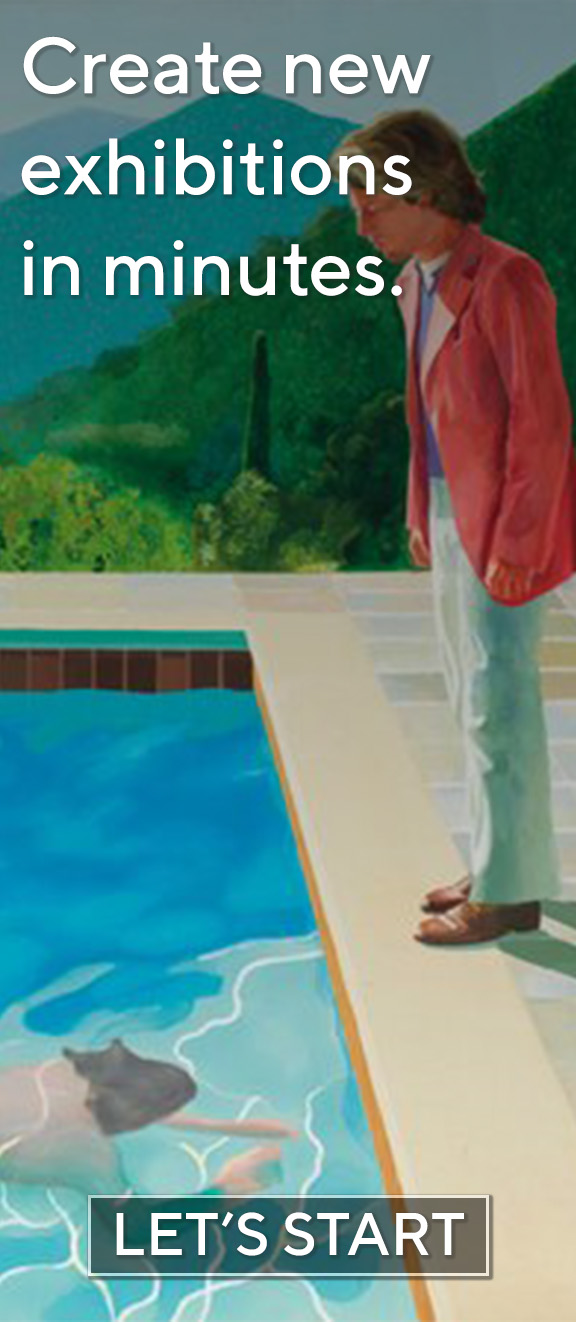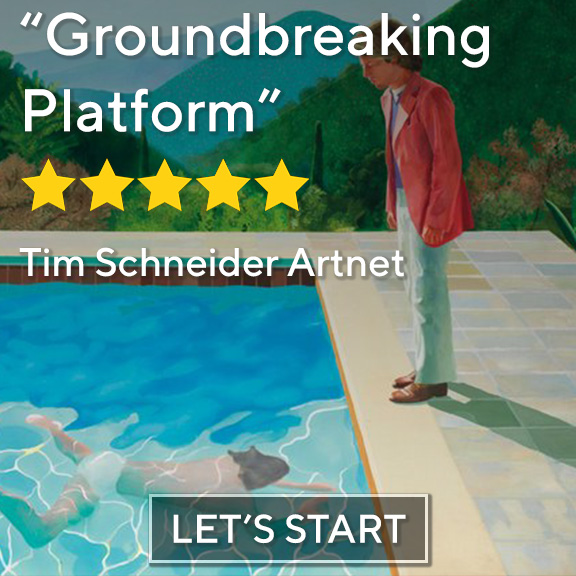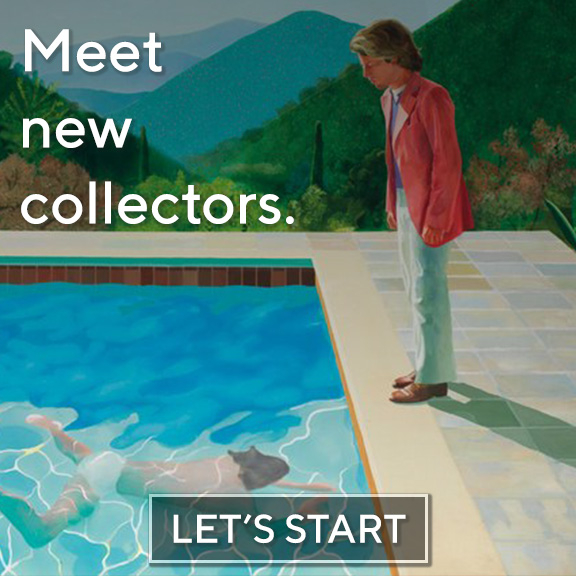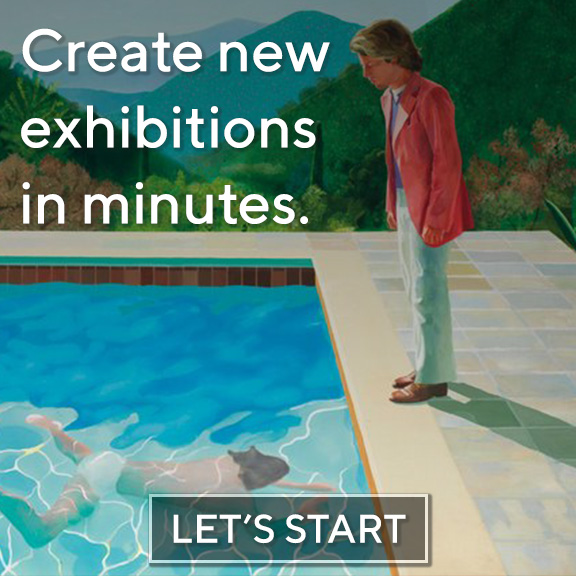The Situation
“We’re going to double down on our focus on video, we’re no longer just a photo-sharing app.”
The announcement came from Adam Mosseri, the CEO of Instagram at the end of 2021 in a Twitter video. This means that new updates are coming, and the upgraded video features are going to change the experience of using the platform.
The motivation behind the new direction is not hard to guess, as YouTube and TikTok already rose to the entertainment competition. The lines are blurring between the 3: not long ago YouTube was known for long videos, TikTok for short clips, and Instagram for unmoving pictures. Now all 3 is into showering our feed with mid-length videos (TikTok just upped it to a maximum of 10 minutes) as those seem to fit our attention spam the best.
But while Instagram is trying to evolve in order to stay relevant, it raises some questions and problems for its users who liked the platform the way it was.
2022 Priorities 📝
— Adam Mosseri (@mosseri) December 28, 2021
This next year is going to be pivotal for Instagram. In addition to our industry-leading safety and wellbeing efforts, we’re focused on these four key priorities.
Hope you’re all able to get some rest over the holidays. See you in the New Year! ✌🏼 pic.twitter.com/iY8uQ1EnMZ
The Problem
What Mosseri does not mention in the video is that their new preference is going to have a huge impact on how they rank content. We might have some insight into how the algorithm works, but it’s not entirely clear as the process is very complicated with a large amount of variables.
We know one thing for sure: the contemporary art world heavily relies on Instagram. According to a survey, 80% of collectors use Instagram to discover new artists, and 75% of them use the platform to find out what’s popular and trending. Since it is the favorite social media channel of galleries and artists, they could be the first ones to feel the penalizing effects of the new focus. Simply put, the art world generally uses photographs and reproductions to promote, but if the algorithm ranks them lower compared to a video, they can reach a lesser audience.
It is said that Instagram plans to protect influencers whose livelihood depends on rankings, but the same thing is not true about the art world. Some are already facing the disadvantages of this, Chris Hau even made a hilarious TikTok sketch about it.
The Solution
So what can an artist and a galerist do to not be forgotten by an algorithm set on videos? Going against the grain wouldn’t do much good in a world ruled by social media, so the only answer is to adapt.
One road you can go down is recording a video of your artwork. The good news is that you already have a camera built into your smartphone. The bad news is that you will have to edit that video with different softwares to get an impressive outcome.
Or you can choose the easier route!
At Walter’s Cube, the leading company in the field of art space digitization, we took it upon ourselves to find a simple way of making 3D videos from a photo. We launched the Teaser Creator Beta in the beginning of this year, and now we would like to make it available for the public for free of charge.
We believe that innovators must provide real support that the art world can have immediate benefit from. The Teaser Creator allows you to tell your story in 30 seconds with video and text just like in a movie teaser.
If you have a photo reproduction of your artwork and approximately 10 seconds, you can get the desired results with the Teaser Creator without the hustle of getting the artwork out of storage, installing it, achieving the perfect lighting, and recording it from every possible angle.
To turn your image into a video, all you have to do is upload the picture, fill out the artwork information, provide an email address, and hit enter. The impressive 3D video will be in your inbox, ready to be shared and loved by the mighty Instagram algorithm.




